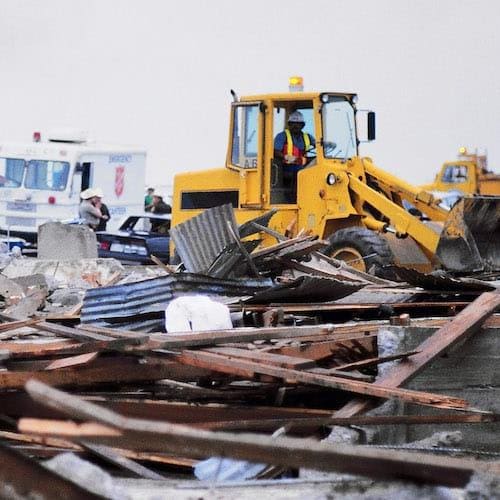Duty of Care
Deploying Your Federal Workforce to Simultaneous Disasters
Every day from August through December 2017, the news showed hurricanes ripping through the southern U.S. states and the Caribbean islands. Frightening amounts of death and destruction were delivered in their path. Just as soon as those storms had passed, multiple wildfires erupted across the western states. The extreme hurricanes and wildfires combined made 2017 the costliest U.S. disaster year on record.
With costly incidents such as these, how does a government agency instantaneously deploy tens of thousands of relief personnel to simultaneous disasters? Further complicating this question is in considering an agency whose mission is to support our nation’s citizens while preparing for and protecting against disasters, as well as the subsequent recovery efforts.
Just two years ago, my son played all-star baseball for a Virginia team against multiple semi-pro baseball teams across Puerto Rico. He played in the same stadiums where future major league superstars like Roberto Clemente and Roberto Alomar had played their developmental baseball before making it big. After each game, the local players’ families would cook dinner on site for both teams of young players with the goal of bridging the language and cultural gaps. It was touching to see two dozen young men from opposite ends of the cultural and economic spectrum laughing, joking, and sweating together over their mutual love of baseball. Recently, some of those towns and stadiums were destroyed in the wake of Hurricane Maria.
Starting with Hurricane Harvey in Houston, Texas and continuing with Hurricanes Irma and Maria across Florida and multiple Caribbean islands; the year 2017 closed with endless wildfires in the western U.S. states. The devastation was horrific, and federal relief aid workers had to be deployed in the thousands simultaneously.
As recently as five years ago, responding to this kind of surge travel was a paper-based process where government travel operations personnel were often seen pushing large carts of color-coded travel authorization requests from one office to another for approval, ticketing, and deployment. When every moment counts, this manual process meant delays in relief personnel reaching destinations in distress, along with slow reimbursement for expenses. Agility and quick ramp up times were needed to be truly responsive in these types of crisis, a process that the Department of Homeland Security continues to evolve to protect citizens in times of crisis.
One thing that was desperately needed to streamline the process in this type of large scale mobilization was the requirement to have a “surge blanket travel” functionality which could deploy large numbers of relief personnel coming from multiple origination points to a common crisis destination using only one travel authorization. SAP Concur went to work in supporting this critical mission for government with its deep understanding of authorization and deployment requirements needed to achieve this agility in a managed travel program. Surge Blanket Travel was developed and delivered by SAP Concur to the federal government to solve this challenging scenario. While this functionality cannot stop devastating weather from affecting the lives of citizens and the communities they live in, it can help the government respond more efficiently and effectively when disaster strikes.
Virtually every federal agency has a need at some point to meet their mission by deploying copious amounts of personnel simultaneously. Surge Blanket Travel can accommodate those needs quickly and efficiently. It’s reliable, scalable, compliant, auditable, and agile.

